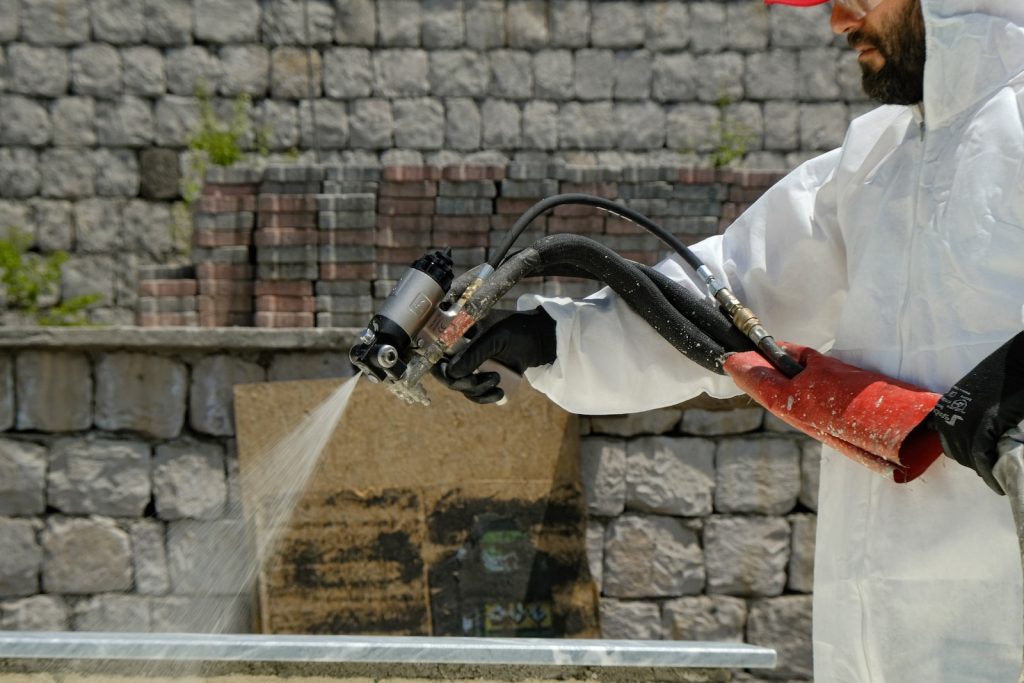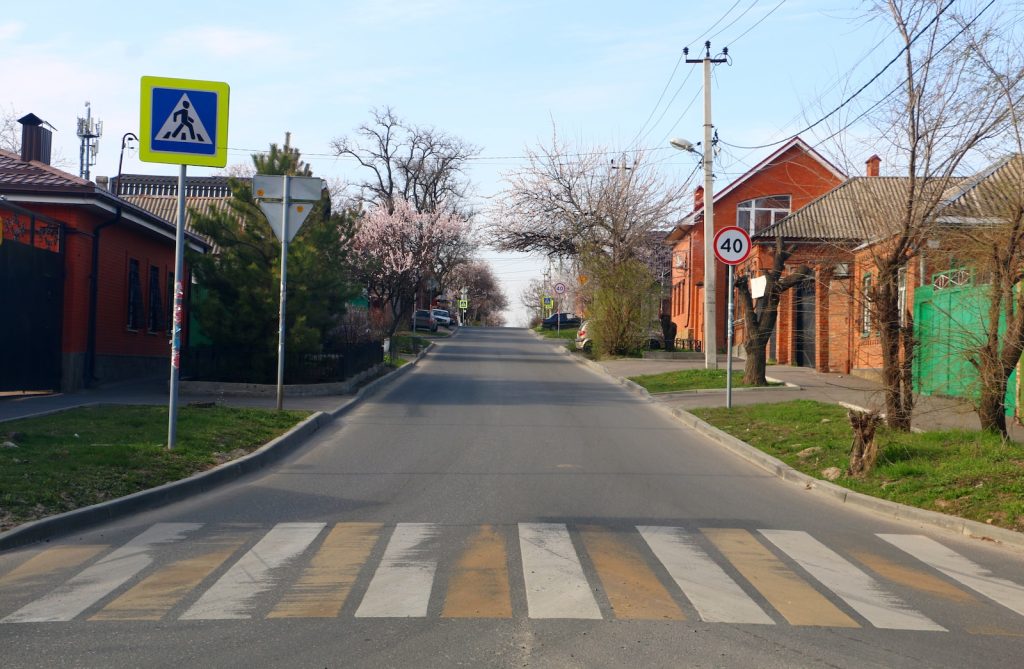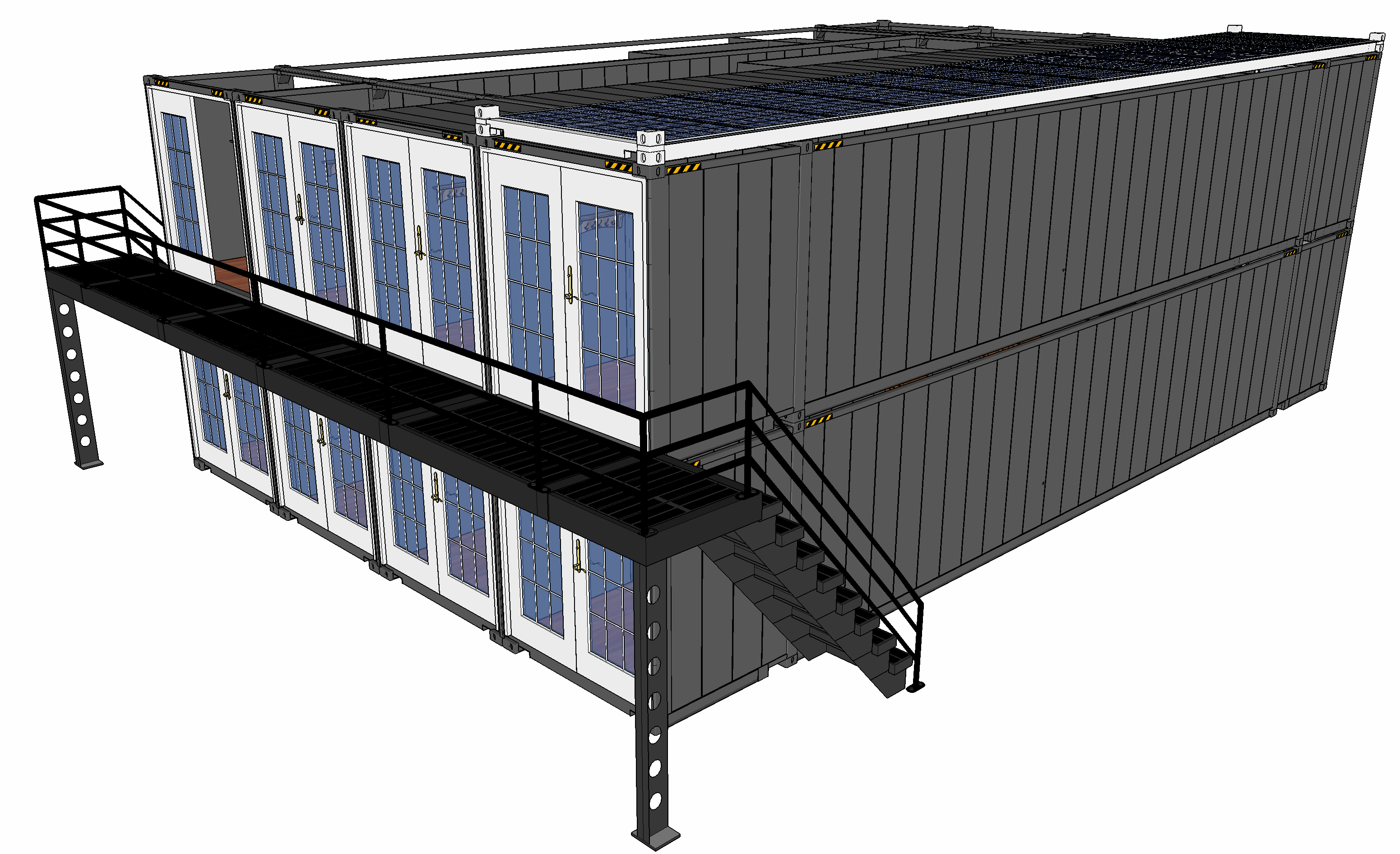Greetings, fellow container home enthusiasts! I’m Lulaa Black, your trusty guide in the world of unconventional living spaces. For the past four years, I’ve been sharing my thoughts, ideas, and experiences about container homes. Today, we’re diving headfirst into the nitty-gritty of one of the most crucial aspects of container home construction – insulation materials.
When it comes to creating your dream container home, insulation is the unsung hero. It plays a vital role in keeping your living space comfortable, energy-efficient, and, let’s not forget, budget-friendly. But with the plethora of insulation materials available, choosing the right one can be as challenging as finding a needle in a haystack. Fear not, my fellow container home aficionados, for I’m here to shed some light on the matter.
The Battle of the Elements
Before we delve into the world of insulation materials, it’s essential to understand the enemy we’re up against: the elements. Container homes, by their very nature, are exposed to the whims of Mother Nature. They endure scorching summers, bone-chilling winters, and everything in between. Your insulation material should be a sturdy shield against these extremes.
The Contenders
Now, let’s meet the contenders for the title of the perfect insulation material for your container home:
Spray Foam Insulation

If you’re aiming for maximum insulation and sealing properties, spray foam insulation should be on your radar. It’s like the superhero of insulation materials, sealing every nook and cranny to keep your home cozy. However, it’s not the most budget-friendly option.
Fiberglass Insulation
This classic contender is known for its affordability. It’s relatively easy to install and offers decent thermal performance. But be wary of those pesky fiberglass particles – they can be irritating to your skin and lungs if not handled properly.
Cellulose Insulation
Made from recycled paper products, cellulose insulation is an eco-friendly choice. It’s known for its fire resistance and insulation properties. However, it’s essential to ensure it stays dry, as moisture can be its kryptonite.
Rigid Foam Insulation
This material comes in rigid panels and is favored for its high insulating capabilities. It’s easy to work with and doesn’t sag over time. However, it can be on the pricier side.
Reflective Foil Insulation
For those who live in areas with scorching summers, reflective foil insulation can be a game-changer. It bounces radiant heat away from your home, keeping it cooler. But it may not be the best choice if you’re dealing with harsh winters.
The Perfect Match
Now that you’ve met the contenders, let’s match them up with specific scenarios to help you decide which one is the right fit for your container home:
If You’re All About Energy Efficiency: Spray Foam Insulation
If you’re determined to keep your energy bills to a minimum, spray foam insulation is your go-to choice. Its exceptional sealing properties ensure no air leaks, which means your heating and cooling systems work efficiently. It might be a bit more expensive upfront, but the long-term energy savings make it worth the investment.
If You’re on a Tight Budget: Fiberglass Insulation
For those who want to save money without compromising too much on performance, fiberglass insulation is a practical choice. It’s cost-effective and relatively easy to install. Just remember to take proper safety precautions when handling it to avoid those itchy fiberglass particles.
If You’re an Eco-Warrior: Cellulose Insulation

If environmental concerns are at the forefront of your mind, go green with cellulose insulation. It’s made from recycled materials, reducing your carbon footprint. Plus, it’s fire-resistant and offers decent insulation properties. Just make sure it stays dry to maintain its effectiveness.
If You’re Looking for Ease of Installation: Rigid Foam Insulation
If you’re a DIY enthusiast or want an insulation material that’s easy to work with, rigid foam insulation is a solid choice. It comes in panels that are simple to cut and fit. Plus, it doesn’t sag or settle over time, ensuring your container home remains well-insulated.
If You’re in a Hot Climate: Reflective Foil Insulation
If your container home resides in a scorching hot area, reflective foil insulation is your secret weapon. It reflects radiant heat away from your home, keeping the interior cooler. However, it may not be as effective in cold climates, so consider your location carefully.
A Word on Installation
Choosing the right insulation material is only half the battle; the other half is proper installation. Even the best insulation material won’t perform well if it’s not installed correctly. If you’re not confident in your DIY skills, it’s worth hiring a professional to ensure your insulation is up to snuff.
Conclusion
In the epic quest to create your container home, insulation materials play a pivotal role. Each material has its strengths and weaknesses, and the perfect choice depends on your specific needs and circumstances. Whether you prioritize energy efficiency, budget-friendliness, environmental consciousness, ease of installation, or climate adaptability, there’s an insulation material that suits your container home like a tailored suit.
So, fellow container home pioneers, arm yourselves with knowledge and make an informed decision. The right insulation material is the key to turning your steel box into a cozy haven that stands up to the elements. Happy container home building, and may your insulation choice keep you snug and smiling!




















Find Us on Socials